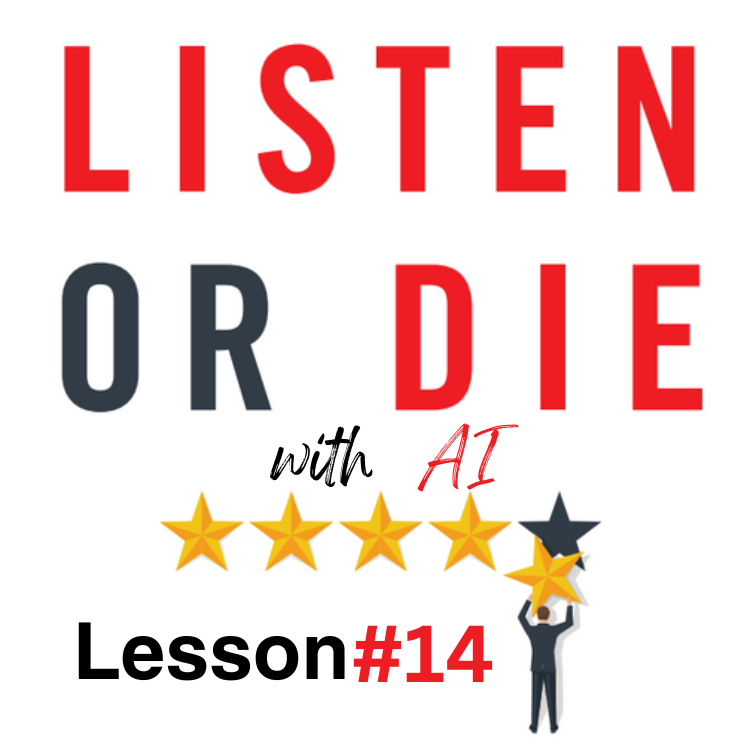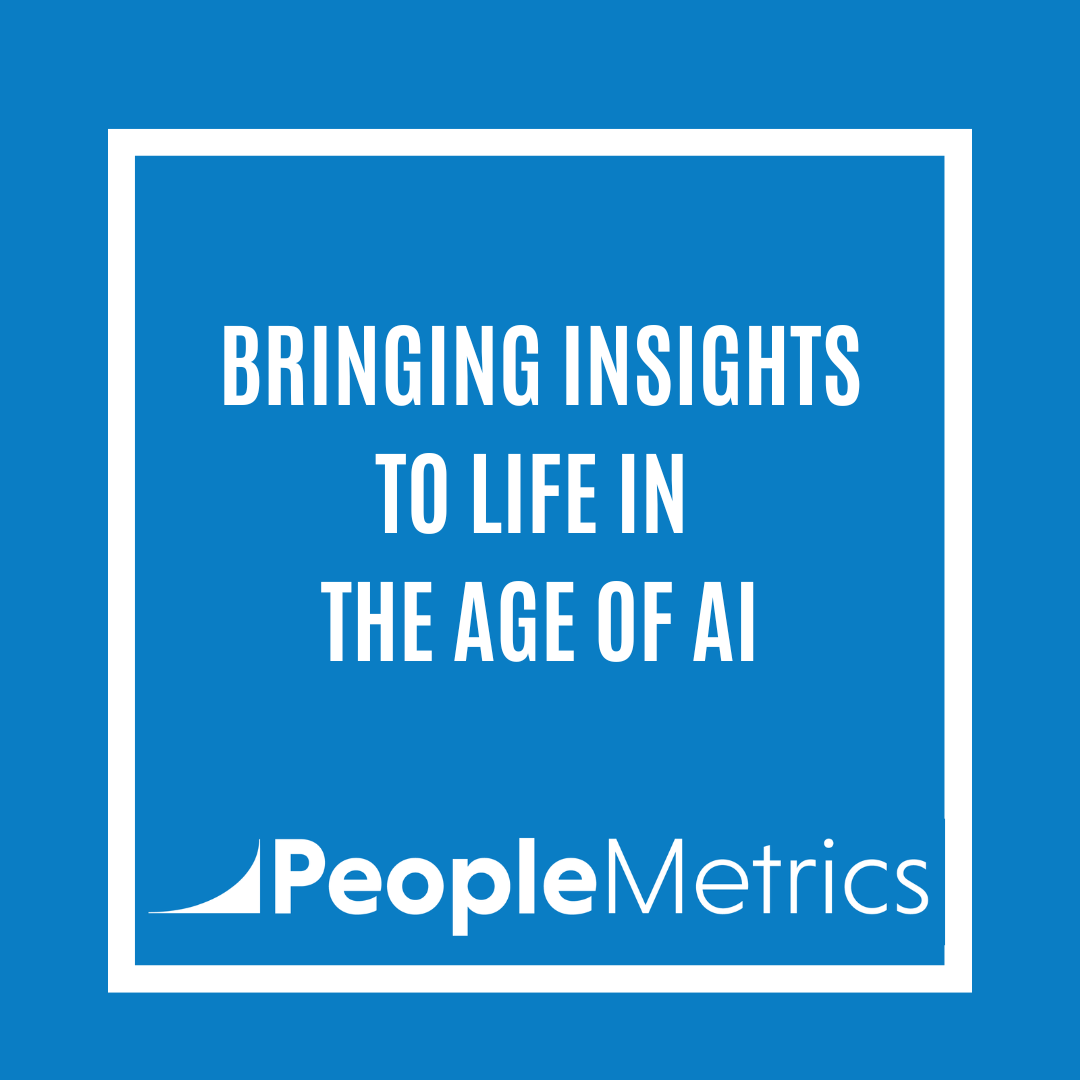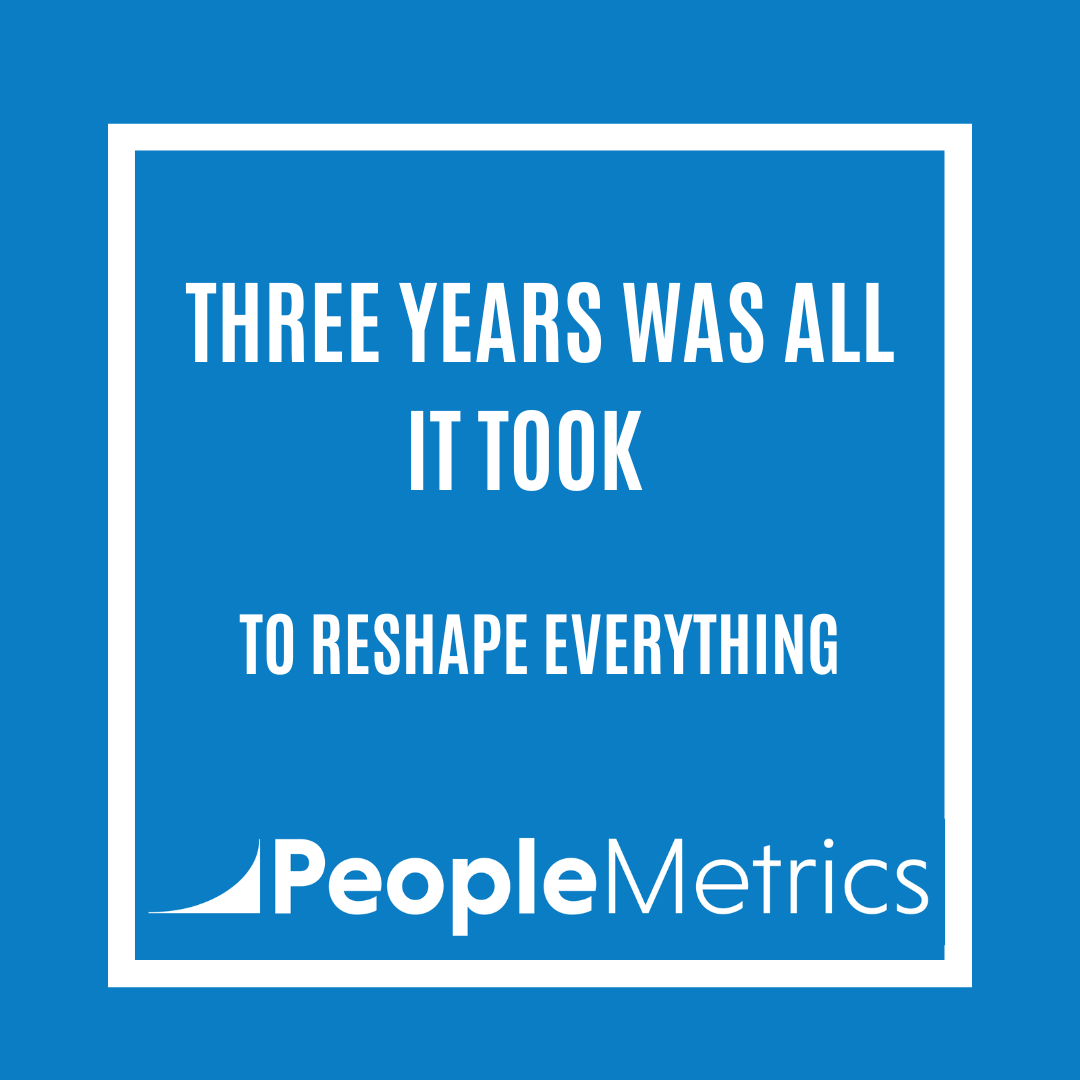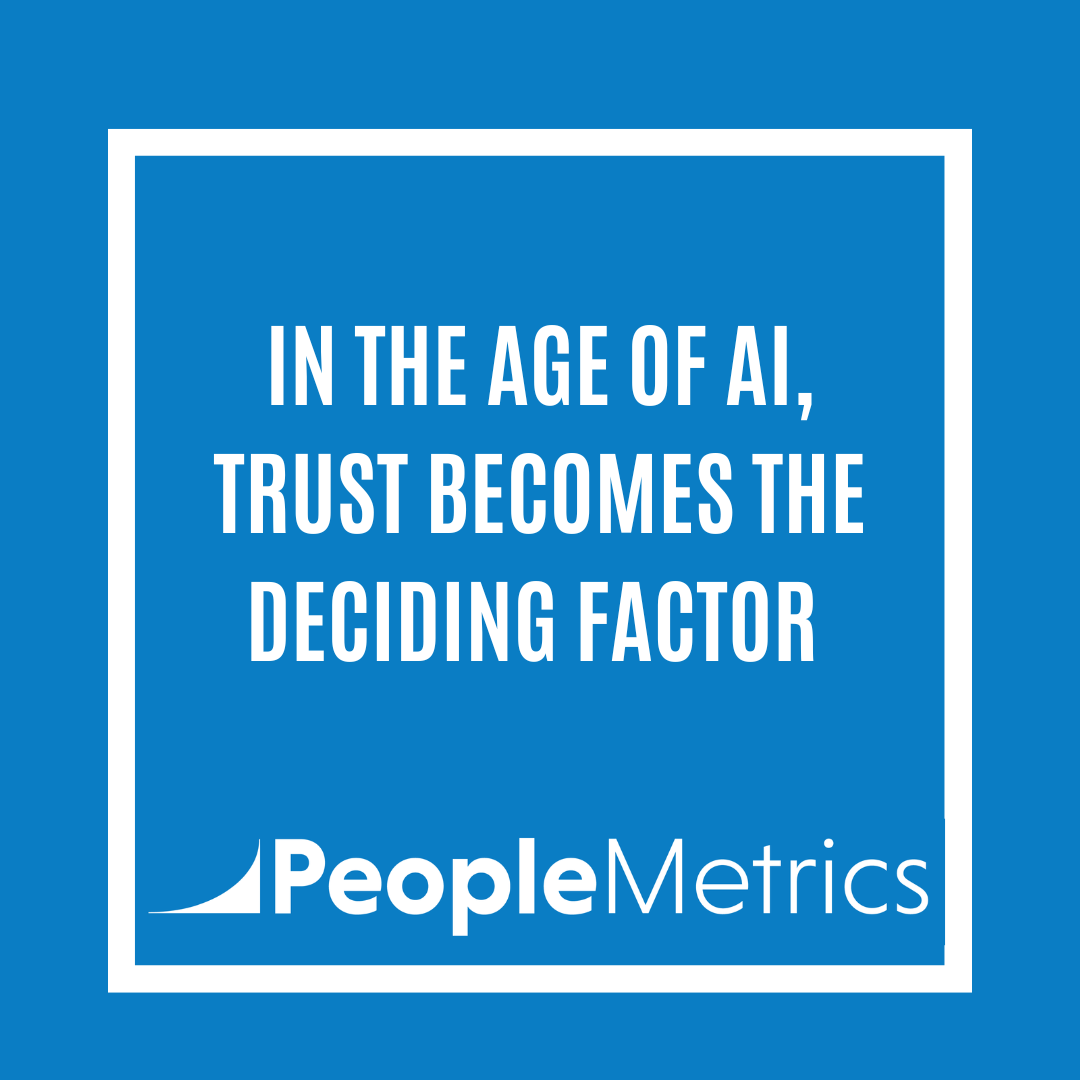Back in 2017, I wrote about the critical importance of communication in Voice of Customer (VoC) programs.
Looking back and re-reading this chapter, I had to laugh.
I was emphasizing daily huddles and paper posters on walls - and while these personal touches still matter (a lot in some cases), AI has revolutionized how we can amplify these communications in ways I never imagined.
Let's dive into Lesson #14 from my book, but with an AI twist that I never would have imagined seven years ago.
The Core Message Still Stands - With a Technological Boost
I wrote then that "communication is the next make-or-break element of a successful VoC program," and this remains true!
But now, AI has become our communication superpower.
Think about it - those executive sponsors I mentioned? They now have AI tools that can help them craft more compelling messages about VoC initiatives, analyzing what types of communication resonate best with different internal audiences.
Remember when I talked about having "the same mindset as a marketing professional" for internal VoC communication? Well, AI gives everyone marketing superpowers.
Instead of just putting up posters (which, don't get me wrong, still have their place), we can now create personalized communication streams that adapt based on each department's interaction with VoC data.
From Posters to Predictive Insights
Those "huge, colorful posters" I mentioned?
They're now dynamic digital displays with AI-powered insights that update in real-time.
But here's what excites me most - AI doesn't just show us what happened yesterday; it helps predict what might happen tomorrow.
Imagine walking into your office and seeing not just your current NPS score, but AI-predicted trends and suggested specific actions to improve it.
The Updated VoC Communications Ninja Checklist (AI Version)
Let me update my original checklist from the book for this AI era:
- Think like a marketer AND a data scientist. Your job isn't just to get the message out - it's to ensure the right message reaches the right internal stakeholder at the right time, using AI to optimize this delivery.
- Get your executive sponsor excited about AI-powered insights. Help them understand how AI can make their VoC communications more impactful and data-driven.
- Use AI to scale your communication efforts but keep it human. AI can help draft messages and identify patterns, but the final touch should always be human.
- Transform those town hall meetings and skits into interactive experiences. Use AI to simulate customer scenarios based on real feedback data.
- Let AI help you share results strategically. Instead of overwhelming everyone with data, use AI to surface the most relevant insights for each team.
- Scale those daily huddles with AI-powered briefing documents that highlight what really needs attention.
The Bottom Line
Here's what fascinates me - in 2017, I wrote about VoC being different from market research because it's "operational and touches the whole organization."
AI has made this even more true.
It's not just about collecting and sharing feedback anymore; it's about creating an intelligent communication ecosystem that makes VoC insights impossible to ignore and easier to act on.
The fundamentals I wrote about in 2017 haven't changed - communicate, communicate, communicate.
But AI has given us new tools to make this communication more targeted, timelier, and more impactful than I could have imagined when writing that chapter.
How is AI Changing How You Communicate VoC in Your Company?
How are you using AI to enhance your VoC communications? I'd love to hear your stories and experiences in the comments below.





